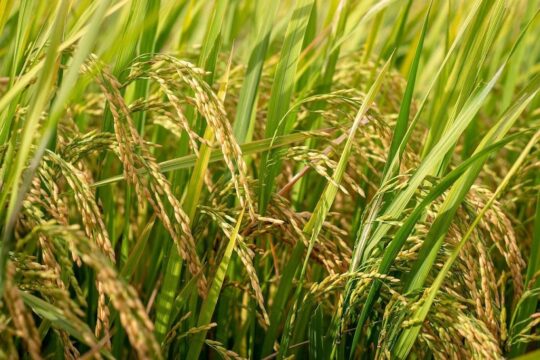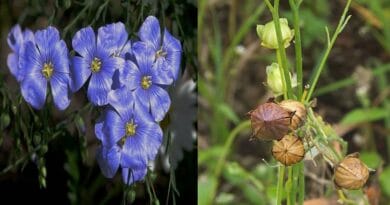Dry or Semi Dry Upland Rice Cultivation in India
Short-Duration Varieties are most Suitable for Dry or Semi-Dry Upland Rice Cultivation in India
In India, rice is cultivated on two types of soil, i.e., upland and lowland. The rice cultivation system depends largely on the situation of the land, type of soil, irrigation resources, availability of laborers, intensity, and distribution of rainfall etc.
Dry or Semi-Dry Upland Cultivation of Rice;
Selection of Varieties:
Short-duration varieties of up to 100 must be selected.
Field Preparation:
After harvesting the Rabi crops in April-May, the fields should be ploughed with a soil-turning plough. This is helpful in weed eradication and brings improvement in the water-holding capacity of the soil.
Seed and Sowing;
a) Broadcasting
b) Sowing Seed behind the Plough or Drilling
Drill the seed with a seed drill or behind the plough with the help of a funnel in rows after applying fertilizer. The row-to-row distance should be 20 centimeters. About 60 kg of seed is sufficient for one hectare
Fertilizer Application;
1) A good crop of upland rice may be taken by applying 60 kg of nitrogen, 30 kg of phosphorus, and 30 kg of potassium per hectare
4) After 35-40 sowing or at the tillering stage, top-dress 50% of the total nitrogen. The remaining 25 % of nitrogen may be top-dressed at the panicle initiation stage
Weeding and Hoeing
In upland rice cultivation, weeds are the major problem; hence, effective weed control is very important from the beginning. Apply Banthiocarp at 2 kg ai per hectare six to seven days after the seeding of rice. It should be followed by one manual weeding 40-45 days after sowing.
Disease and Pest Control;
Disease and pest control measures for dry or semi-dry upland rice are similar to those for transplanted rice
Read further:
Weed Management in Rice (Oryza sativa)
Scientific Cultivation of Rice in Chhattisgarh (Hindi)



